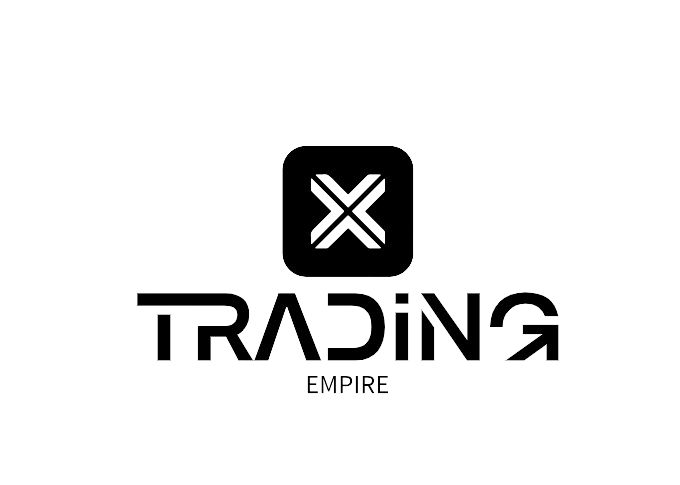Stock Market For Beginners – Free
About Course
What is the Stock Market?
The stock market is a platform where investors can buy and sell shares of publicly traded companies. When you buy a share, you are purchasing a small ownership stake in a company. The stock market plays a crucial role in the economy by enabling companies to raise capital and investors to grow their wealth.
Key Concepts
Stocks: Also known as shares or equities, these represent a fraction of ownership in a company. Stockholders are entitled to a portion of the company’s profits and assets.
Stock Exchanges: These are marketplaces where stocks are traded. Major stock exchanges include the New York Stock Exchange (NYSE) and the Nasdaq.
Brokerages: To buy and sell stocks, you’ll need to open an account with a brokerage firm, which acts as an intermediary between you and the stock exchanges.
Indices: Stock market indices, like the S&P 500 or the Dow Jones Industrial Average, track the performance of a group of stocks and are often used as benchmarks to measure the overall market.
How the Stock Market Works
Initial Public Offering (IPO): When a company first goes public, it offers shares to the public through an IPO. This process helps the company raise funds for expansion.
Buying and Selling: Once shares are issued, they can be bought and sold on the stock market. Investors can place orders through their brokerage accounts.
Price Determination: Stock prices fluctuate based on supply and demand. Factors influencing this include company performance, economic indicators, and market sentiment.
Why Invest in Stocks?
Potential for High Returns: Historically, stocks have provided higher returns compared to other investments like bonds or savings accounts.
Dividend Income: Some companies pay dividends, which are portions of profits distributed to shareholders.
Ownership and Voting Rights: Shareholders may have the right to vote on important company decisions, such as electing board members.
Risks Involved
Market Volatility: Stock prices can be highly volatile and can fluctuate significantly in short periods.
Course Content
Intro to course
-
Course Overview
00:14
